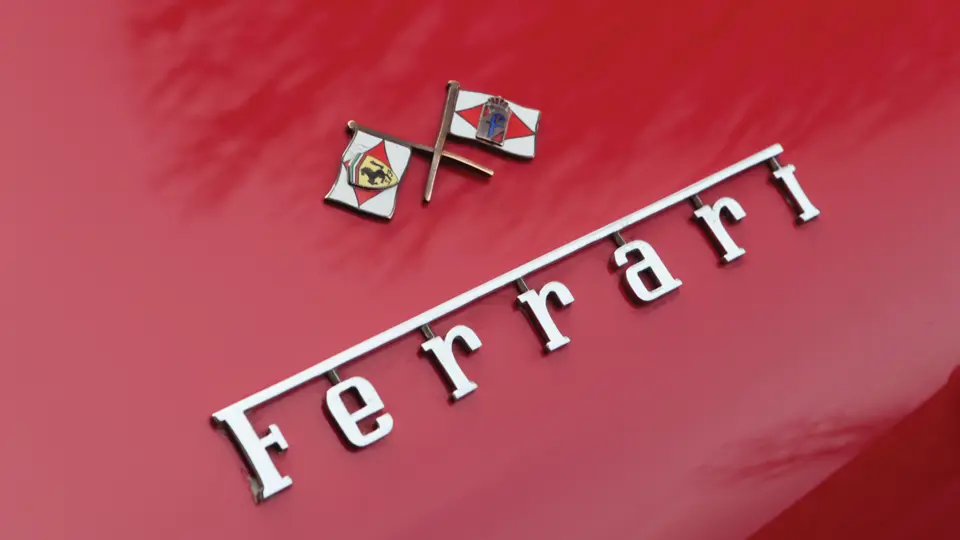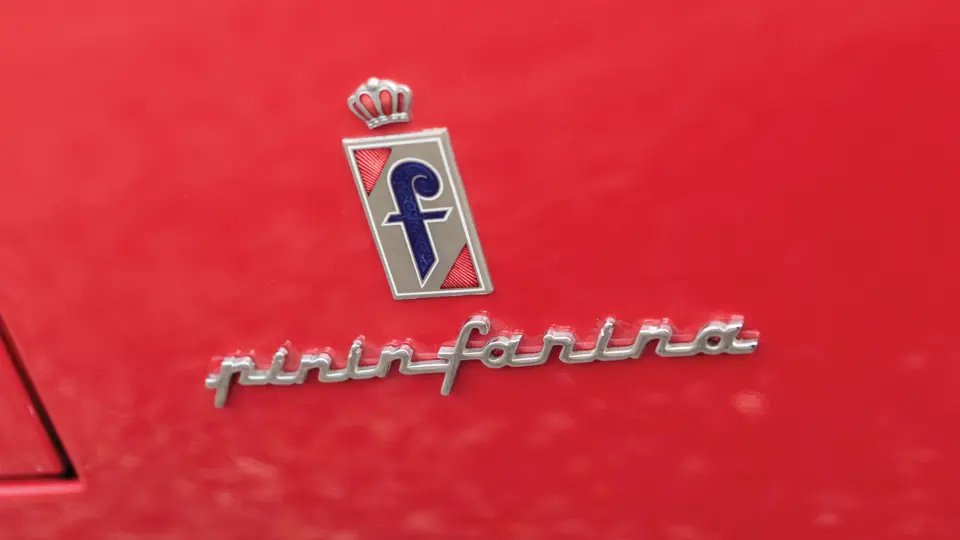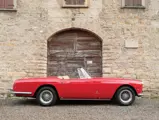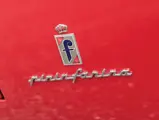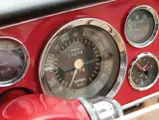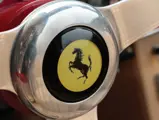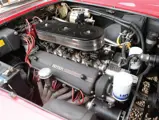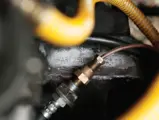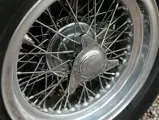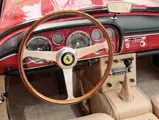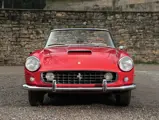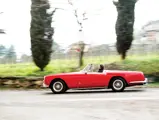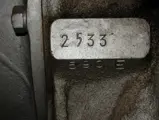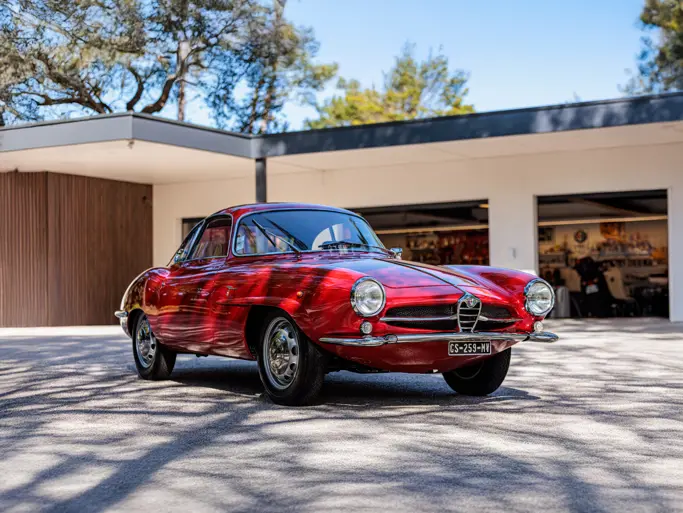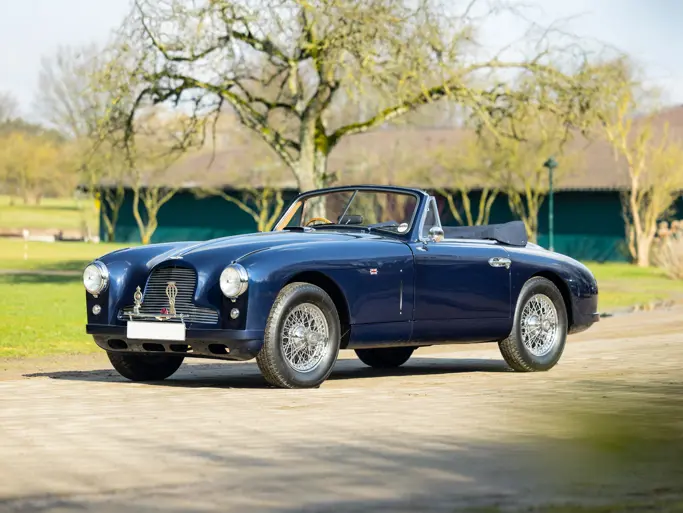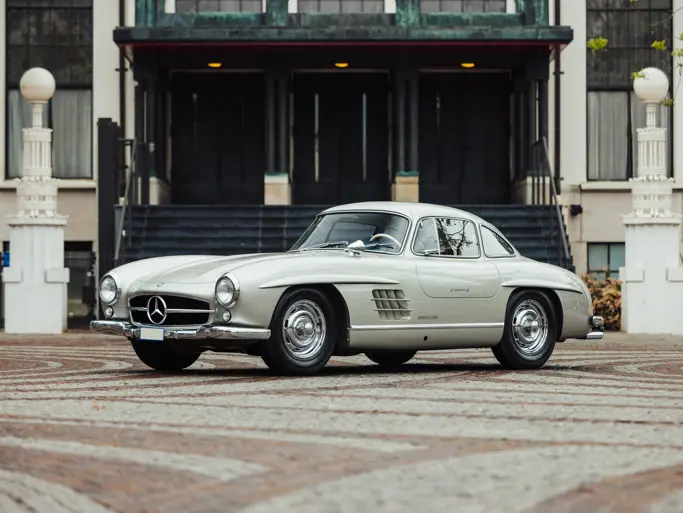240 bhp, 2,953 cc single overhead camshaft V-12 engine, four-speed manual gearbox with overdrive, independent front suspension with unequal length A-arms and coil springs, live rear axle with semi-elliptic leaf springs and parallel trailing arms, and four-wheel disc brakes. Wheelbase: 2,600 mm (102.4 in.)
With the introduction of the Scaglietti-bodied California Spider in early 1958, Ferrari found itself with an unusual dilemma, in that it was now producing two very similar open-bodied cars. Though the Pininfarina-designed 250 GT Cabriolet that had debuted a year earlier was far more luxurious in character than the spider (and was based on the concurrent grand touring PF Coupé rather than the Tour de France Racing Berlinetta on which the spider was founded), in outward appearance the cabriolet and the spider bore a number of physical similarities that unintentionally blurred each car’s individual purpose, somewhat muddling the model line for the casual buyer.
Seeking to further differentiate their coachwork from Scaglietti’s car, Pininfarina designed a new body that debuted on the so-called Series II Cabriolet at the 1959 Paris Salon. Essentially a more closely related open-top version of the elegant 250 GT PF Coupé already in production, Pininfarina’s new cabriolet featured a rounded nose with faired-in headlamps and elegant rear wings with elongated tail-lamp lenses. An optional hardtop accentuated the model’s delicate rear haunches and long front deck. Trademark grand-touring luxury characteristics, such as increased cabin room and boot space, were steadily supplemented during the model’s life with mechanical improvements, including disc brakes, overdrive, and spark plugs on the outside of the engine’s V (a development that offered easier maintenance and greater engine longevity).
Remaining in production through mid-1962, approximately 202 Series II Pininfarina Cabriolets were produced, and the model has recently begun to show indications of the market growth of which it is really capable. Following the lead of the astounding appreciation experienced by the California Spyder, the Series II PF Cabriolets offered nearly identical performance to the Scaglietti-bodied model, but they had far better grand touring characteristics, with their fully trimmed cabins and superior weather protection. Second-series PF Cabriolets will almost assuredly continue to enjoy steady growth in cachet and overall collectability within the foreseeable future.
According to the research of marque historian Marcel Massini, chassis number 2533GT was the 127th second-series Pininfarina Cabriolet built; therefore, it benefits from a number of improvements that were equipped on the later cars. The chassis was delivered to Pininfarina’s Torinese plant on 28 February 1961, with coachwork being completed on 28 June. In September, the 250 GT received its drivetrain and rear axle, and by the end of the month, the completed car was distributed to the Rome-based dealer Malagò, finished in Gringio Conchiglia 16249/M over Blu VM3087 leather interior. Two months later, 2533GT was purchased by its first owner of record, Renato Stefani Di, of Canepina, Viterbo, just outside of Rome.
After being sold to fellow Italian resident Marisa D’Orazio in 1965, this Ferrari was exported to the United States, where it eventually came into the care of Clark Hobart Record, of California. During the mid-1980s, 2533GT returned to Europe in the ownership of a Swiss collector who opted to conduct a partial restoration, most notably including of a fresh repaint in red and a refurbishment of the interior with cream leather upholstery. When offered for sale in the German magazine Motor Klassik in March 1987, the Cabriolet was advertised with a colour-matching hardtop and Borrani wire wheels, original equipment features that further bolster the car’s considerable panache.
Purchased then by Maurice Harlaux, of Belgium, the 250 GT was retained for approximately 10 years, occasionally being shown at finer European events by Jean-Pierre Fostier, most notably, in September 1992 at the FF40 Ferrari Francorchamps International Concours d’Elegance in Brussels. In December 1998, 2533GT was acquired by an owner residing in the Netherlands, who in turn sold the car one year later to the consignor, an Italian enthusiast maintaining a substantial collection of important and significant Ferraris. Sparingly used and optimally maintained over the following 13 years, the PF Cabriolet enjoyed the company of several other notable 250 GT models, including a Lusso and a Pininfarina Coupé, with which it made a wonderful open-and-closed pairing of Ferrari’s venerable V-12 grand tourer.
More recently certified with the desirable Ferrari Classiche book, this rare matching-numbers 250 GT still presents strongly, with the well-preserved older restoration displaying enviable quality. The mechanical components offer similarly strong operating conditions, and this Cabriolet will certainly turn many heads at regional concours and Ferrari club meets. With matching-numbers 250 GT examples continuing to show steady appreciation, 2533GT offers a rare opportunity to acquire a factory-certified example that can be further restored or enjoyed in a number of capacities, whilst always drawing acclaim from true tifosi.

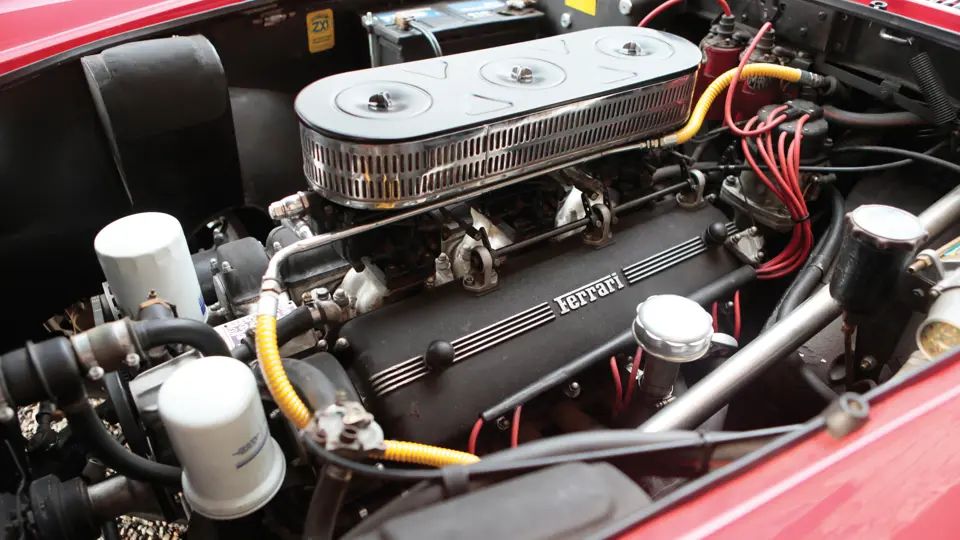



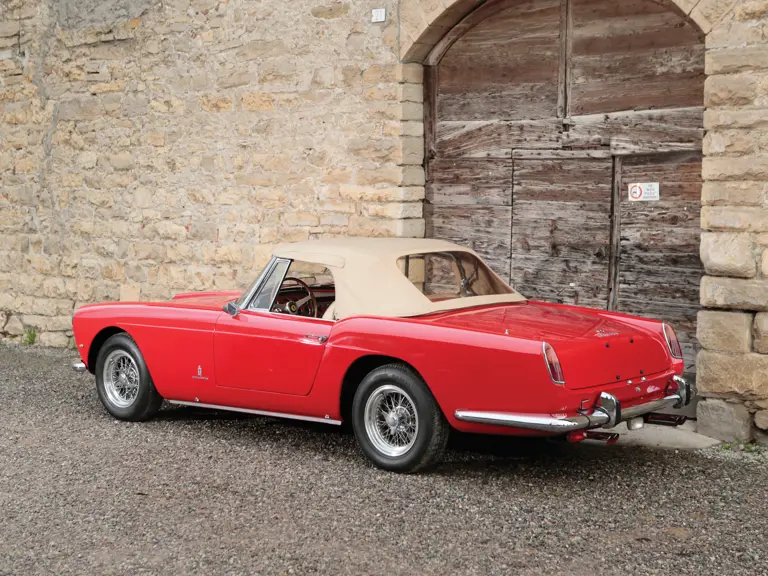
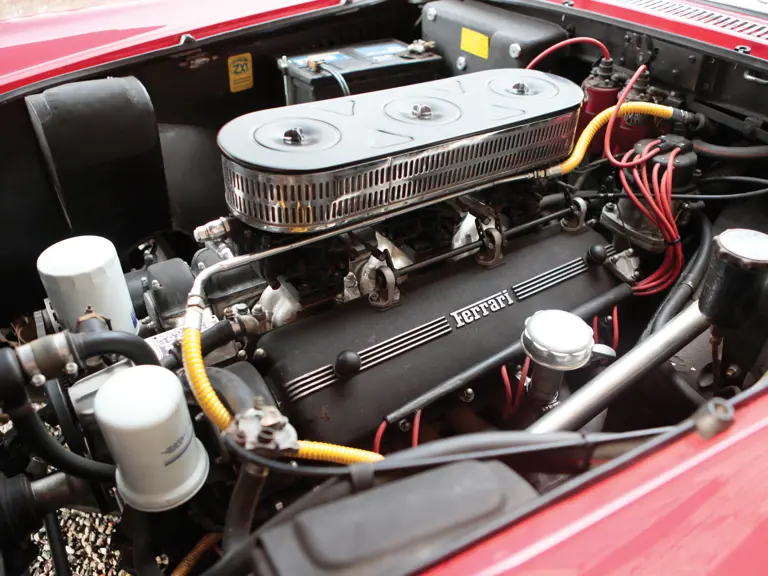
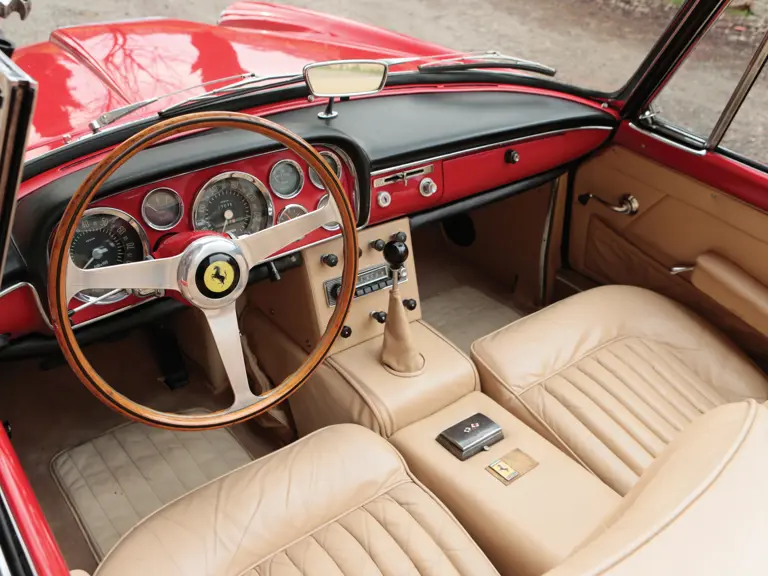
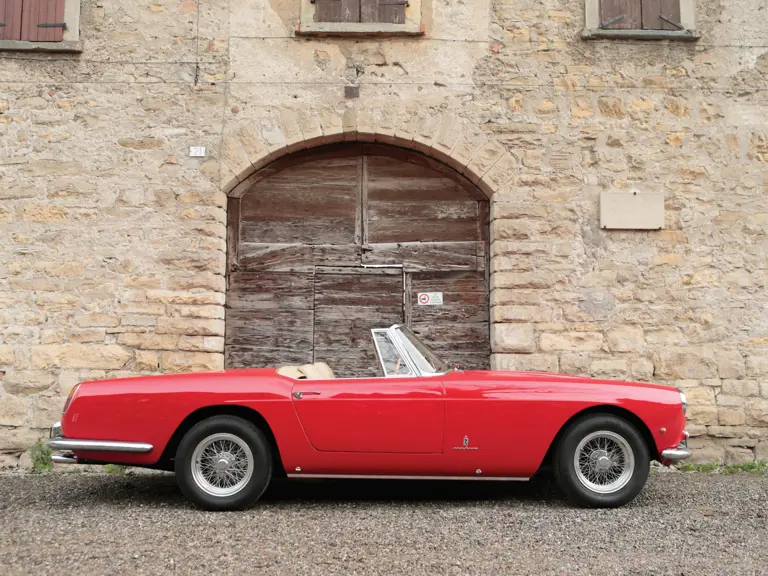


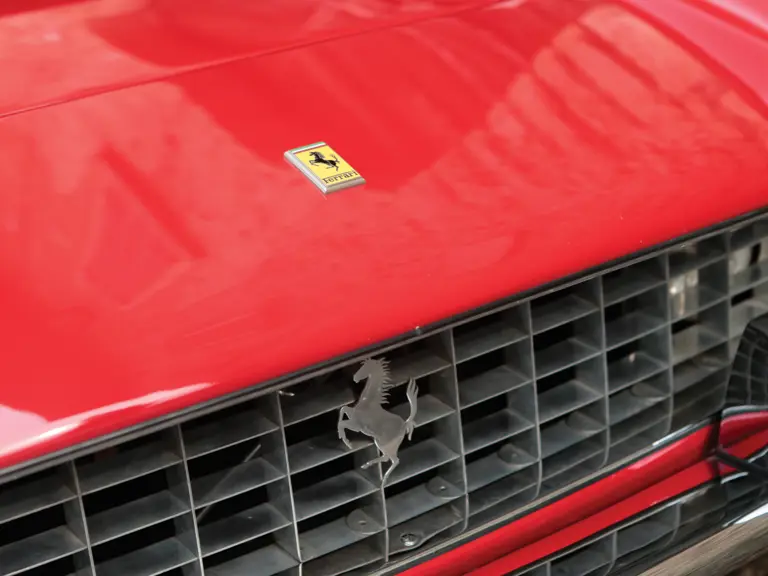

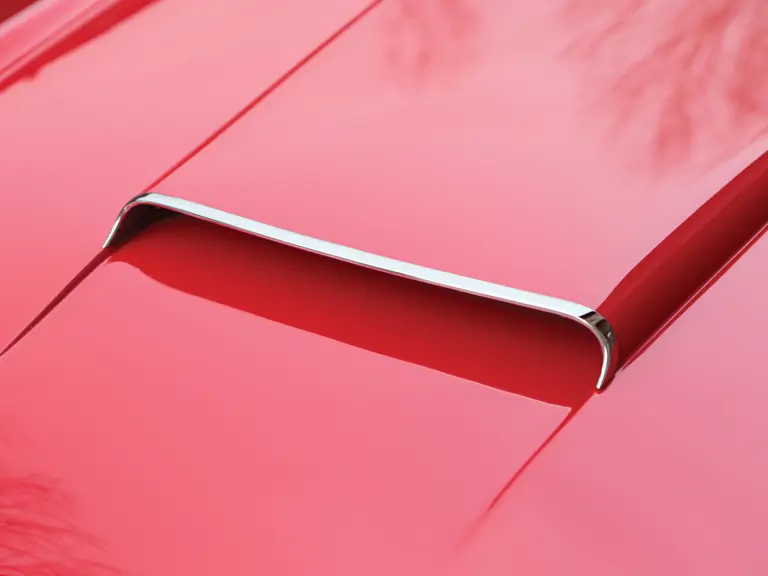


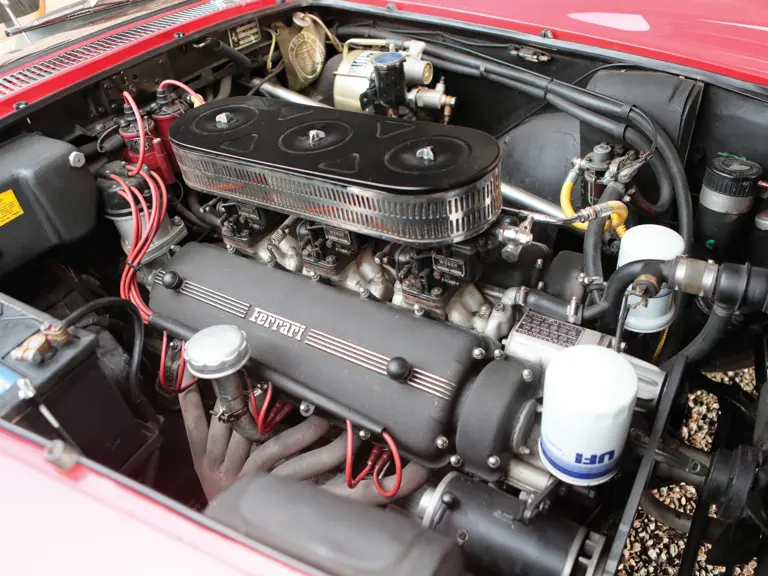

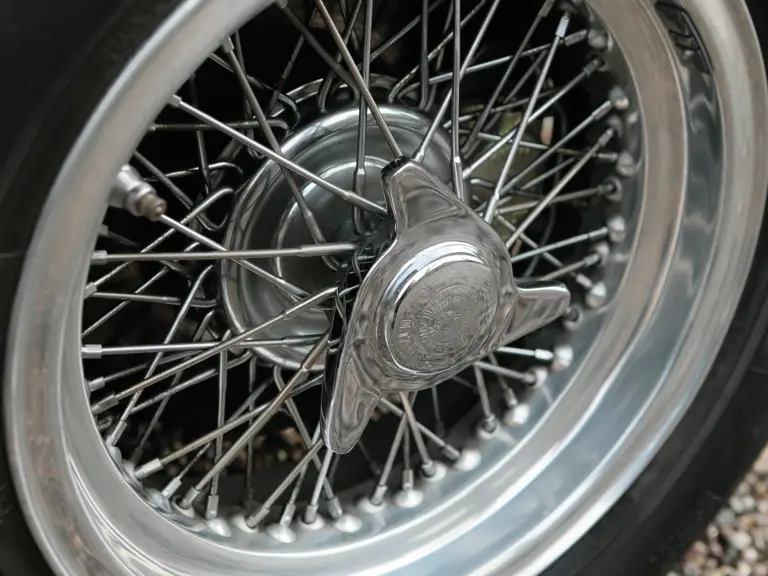

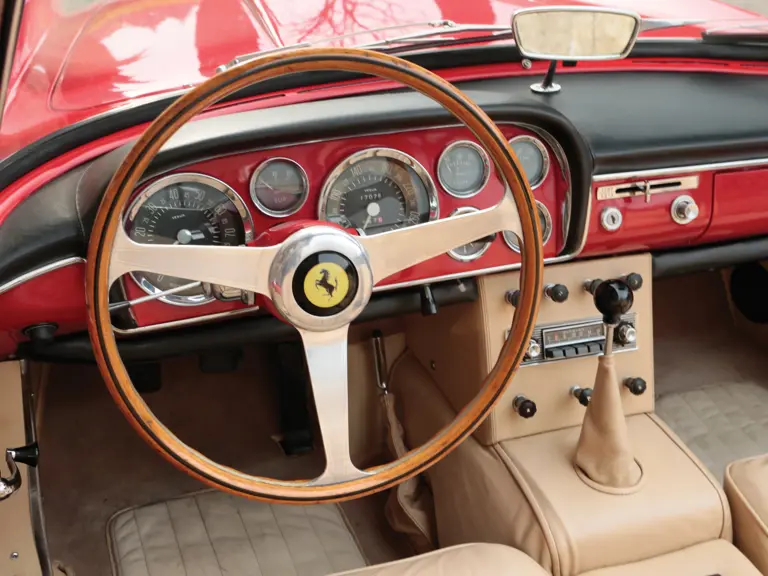
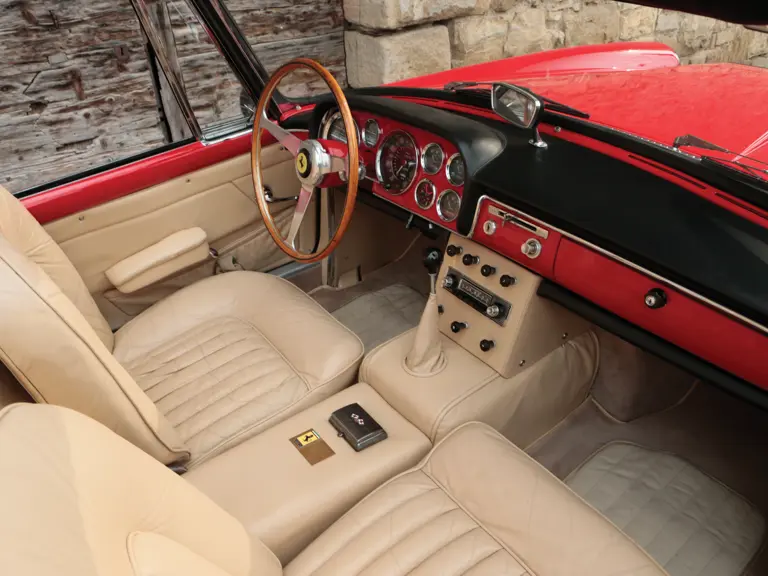

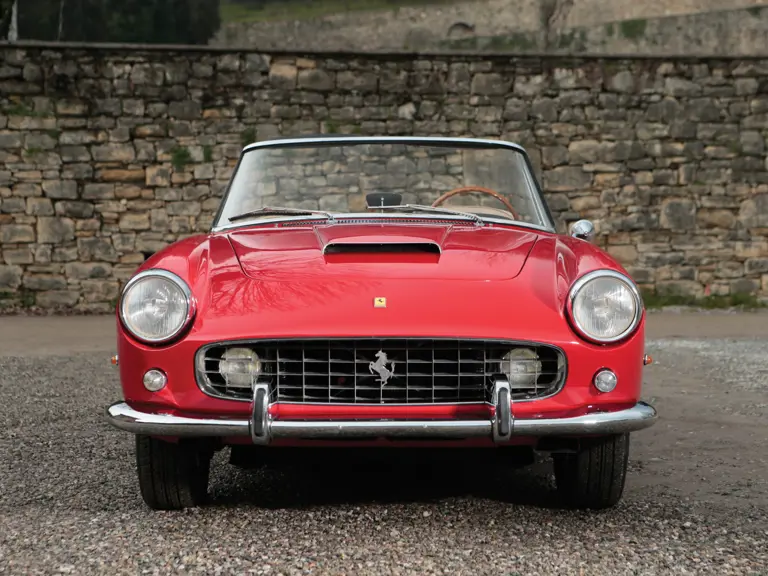
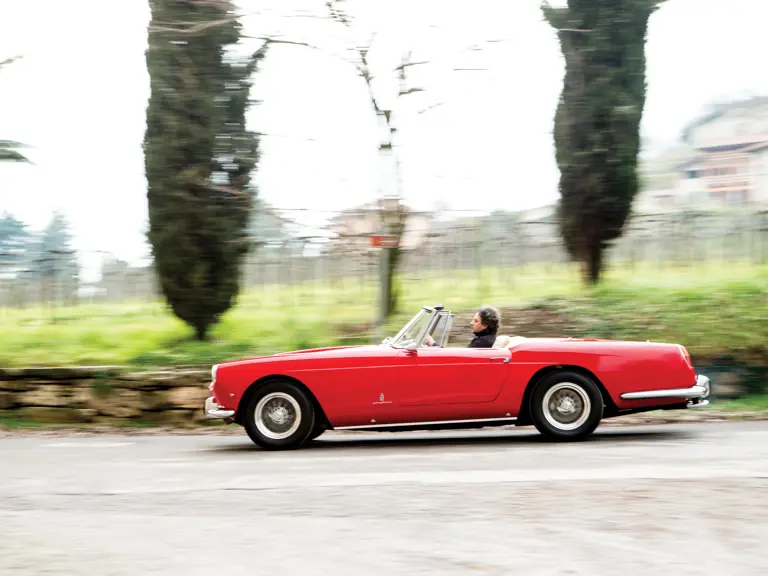
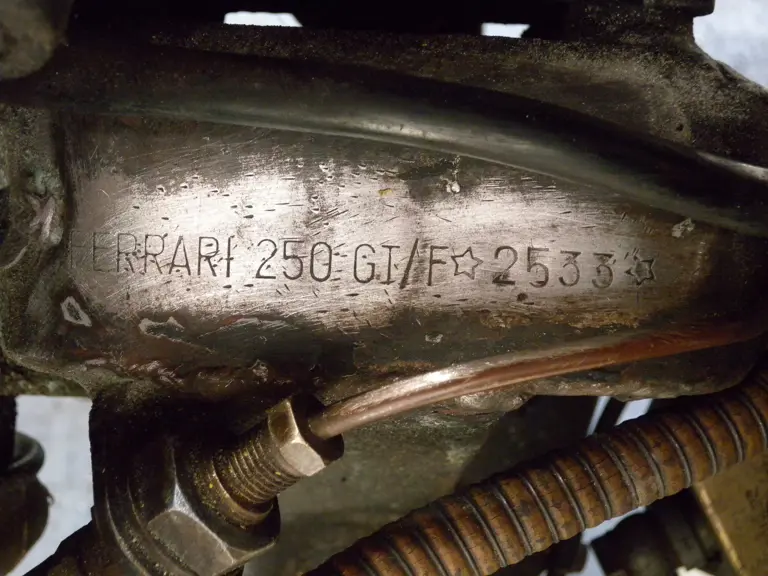
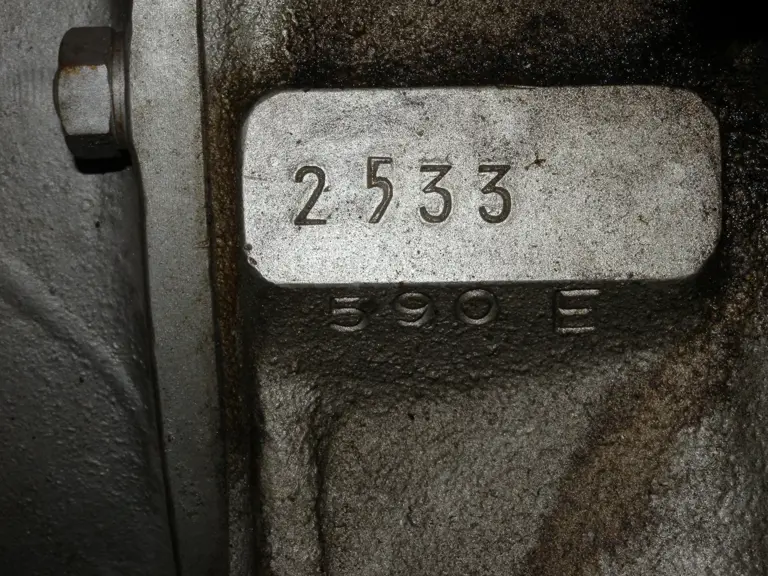

 | Cernobbio, Italy
| Cernobbio, Italy

